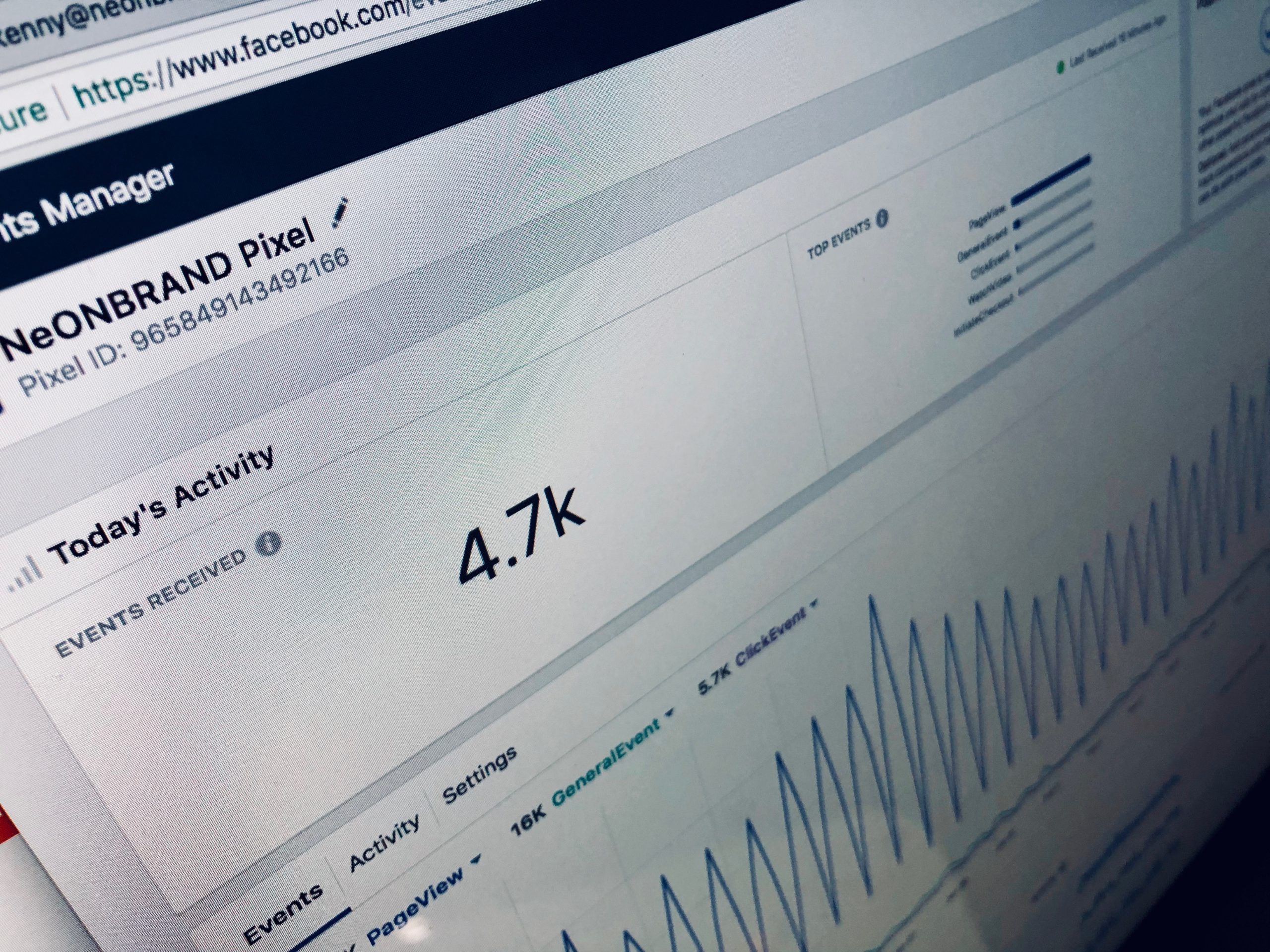Programmatic advertising is defined as the automated process of buying and selling digital advertising space. This process helps connect publishers and advertisers.
In this article, we’ll go through the basic terms of programmatic advertising, learn how it works and what are the benefits of programmatic advertising.
Why do we need programmatic advertising?
In the past, if someone wanted to advertise their product on a certain website they had to contact the owner of that website and make a contract with him.
Now, let’s say someone wants to advertise his brand on multiple websites – in that case, things get complicated as creating relations and personal contracts with each website owner has to be done manually. This is a time consuming and highly insufficient process.
“It’s become hard to do business in the same old ways: try negotiating over lunch with millions of publishers or sending insertion orders to thousands of them using a fax machine. Advertising automation is the inevitable solution to an otherwise insurmountable problem.” Jeffrey F. Rayport
As you can see, it wasn’t easy for advertisers to buy ad space and it wasn’t easy for publishers to sell their ad inventory – about 40%-60% of ad space was left unsold. Programmatic advertising helped solve this problem by switching to an easier automated process.
A few basic terms you need to know
Before we dive into the process of programmatic advertising, let’s go over a few basic terms you’ll need to know to understand how it works:
Publishers are website owners who wish to sell ad spaces (AKA ad slots or ad inventory).
Advertisers have a business/brand and they want to buy ad spaces in order to show ads promoting their brand/products.
SSP stands for supply-side platform. This platform is used by publishers to manage and sell their ad inventory.
DSP stands for demand-side platform. This platform allows advertisers to set up their advertising campaigns and buy ad inventory from multiple publishers.
You can read more about DSP and SSP here.
DMP stands for data management platform. This platform collects audience data from various sources. This information can be used to produce audience segments, that way a specific crowd can be targeted to improve marketing results.
RTB stands for real-time bidding. RTB is an auction where ads are sold and bought on a per-impression basis. These transactions are executed in real-time and take milliseconds. This process is usually facilitated by ad exchanges or SSPs.
Ad networks collect ad inventory from publishers and sell it to advertisers. It acts as an intermediary between publishers and advertisers.
So, how does programmatic advertising work?
Basically, in the process of programmatic advertising advertisers use DSPs to determine which impression to buy and their costs. On the other hand, publishers use SSPs to sell their ad slots. A RTB matches the DSPs and SSPs and the best bid wins, the ad is sent and displayed to the consumer.
And the extended version is:
- The advertiser decides on who they want to target for a specific campaign and sets KPI’s (Key performance indicators) that they need to hit for their campaign.
- The advertiser sends their KPIs to an Ad agency that connects to an ad network (working for the buyer). The information about the campaign’s targeted audience is fed into the DSP through the DMP.
- A user enters the publisher’s website.
- While the website loads, the publisher sends information about the user (such as the known geographical area, age, gender, and interests of the user), and a request regarding his available ad slot is forwarded to the SSP.
- The SSP gives the DSP access to see the available ad inventory. The DSP runs their algorithms to see if this user fits their targeted audience, if the answer is yes – the DSP produces a bid that goes into the auction.
- The highest bid from the offered options wins the auction.
- The ad information is forwarded to the publisher, and the ad is displayed to the user (who fits the campaign’s targeted audience) on the publisher’s website.
- The entire process happens in RTB and takes milliseconds.

Programmatic advertising’s benefits
Programmatic advertising replaces a process that was previously executed manually, requiring a lot of resources such as time and money. Amongst the advantages of programmatic advertising are:
- It helps advertisers reach their target audience – instead of advertising at a small number of websites and displaying ads to all the visitors on these sites, programmatic advertising allows advertisers to access a wide range of publishers, and display their ads only to relevant users who fit their campaign’s targeted crowd.
- Efficiency – the process of programmatic advertising is very efficient, it uses computers to run complicated algorithms and calculations in milliseconds, instead of a slower process handled manually.
- Costs – programmatic advertising helps advertisers reduce advertising costs while achieving better results by reaching the wanted audience. On the other hand, it helps publishers increase their income by selling their inventory to the highest bidder and lowering the costs required to find advertisers.
Programmatic digital display ad spendings are constantly increasing. In 2021 US advertisers’ spendings on programmatic advertising approaches $97 billion. That’ll account for over 89% of all digital display ad spending, according to eMarketer. This is expected to increase in the upcoming years.

To sum it up
Hopefully, you now have a better understanding of what programmatic advertising is. It’s highly accessible, even for smaller businesses, and if you haven’t started using it yet, there is no time like the present.
The future’s looking good for programmatic advertising.

